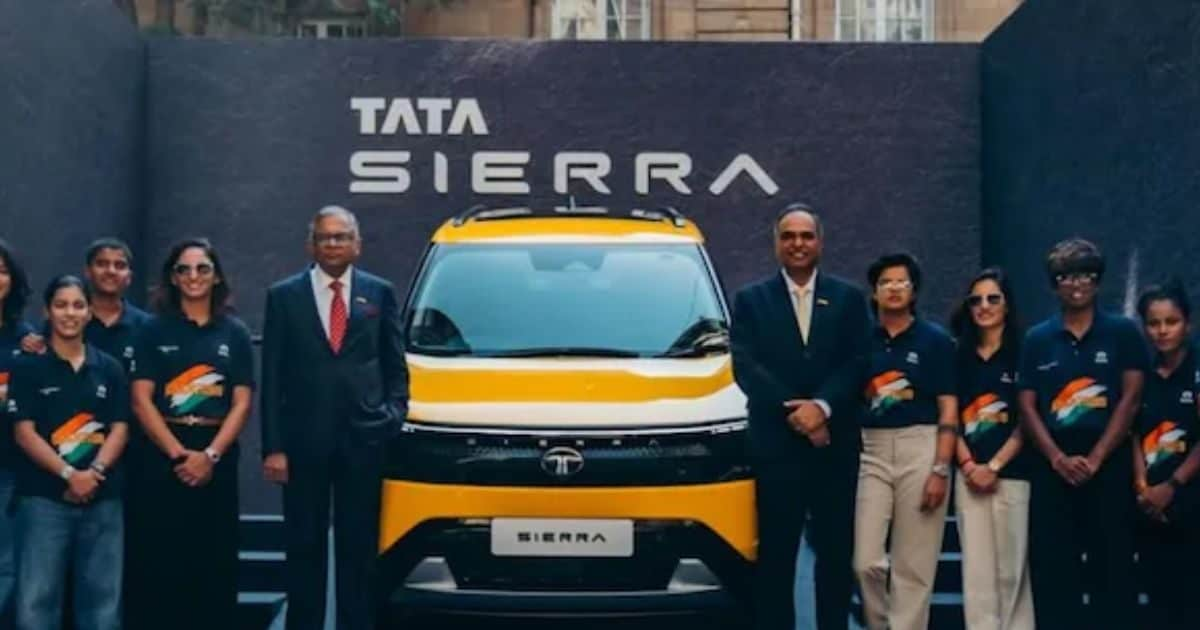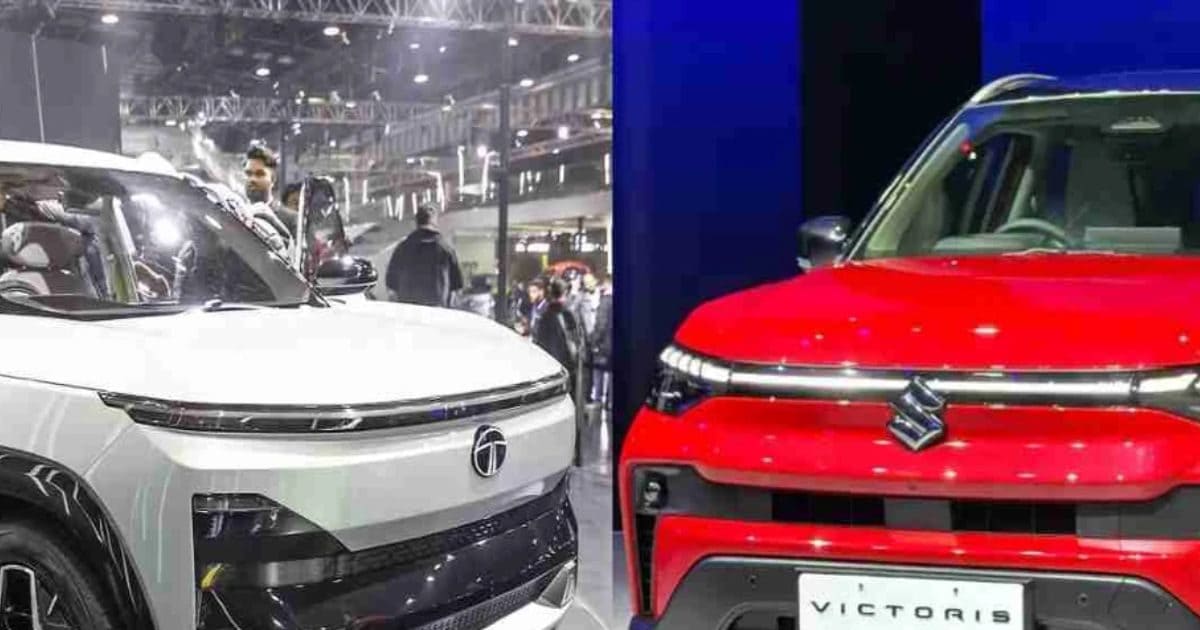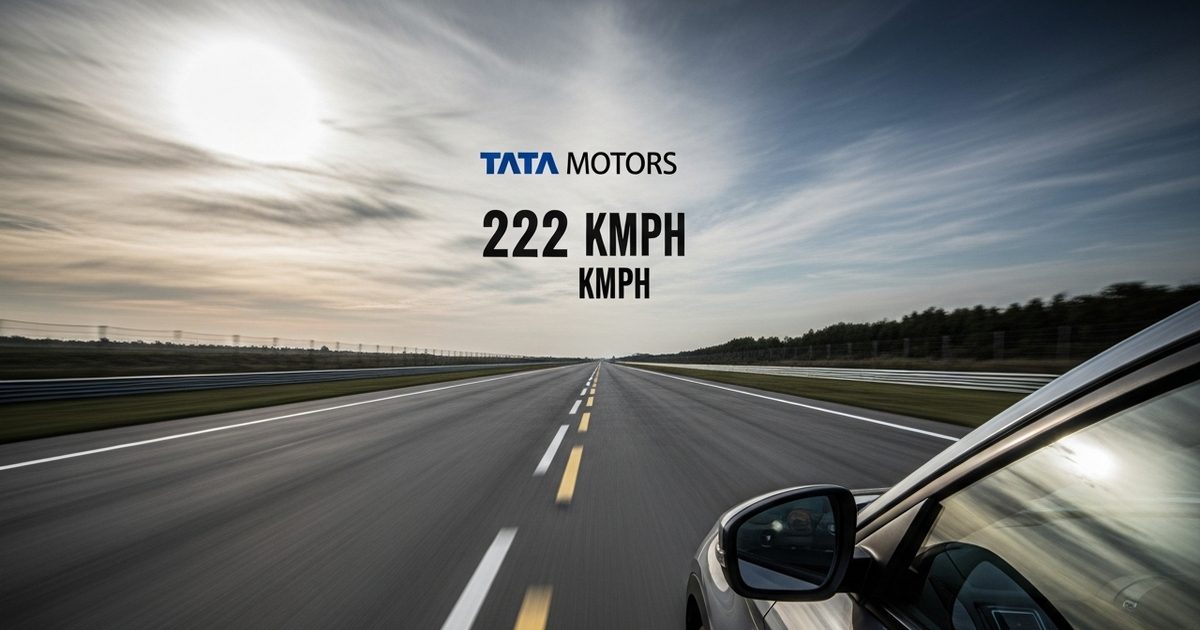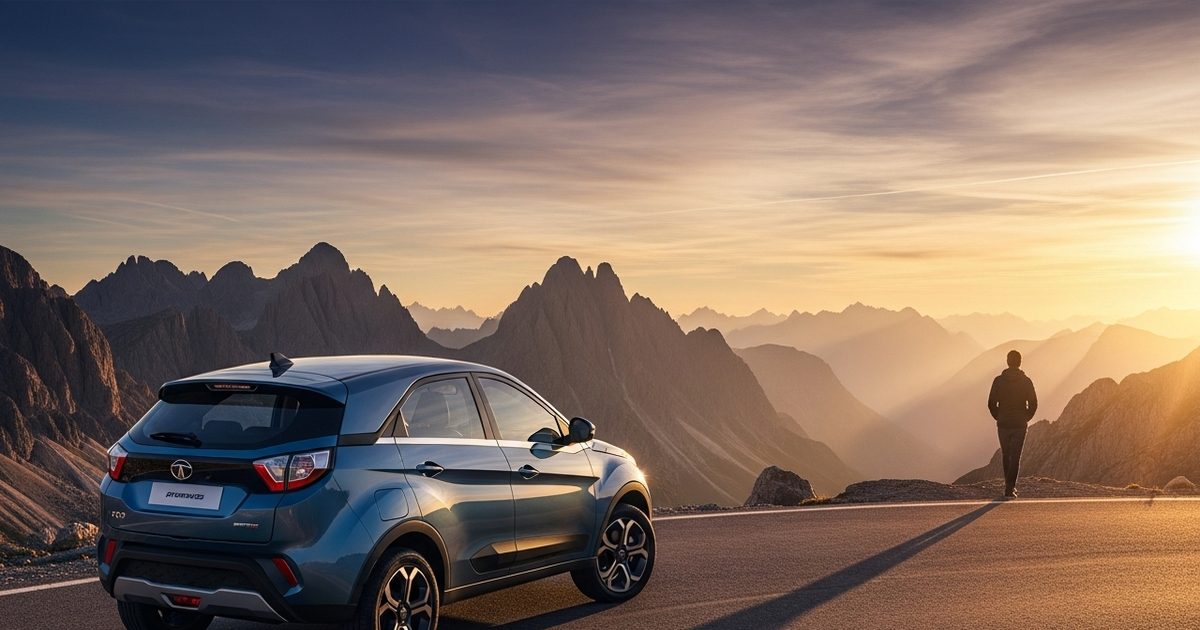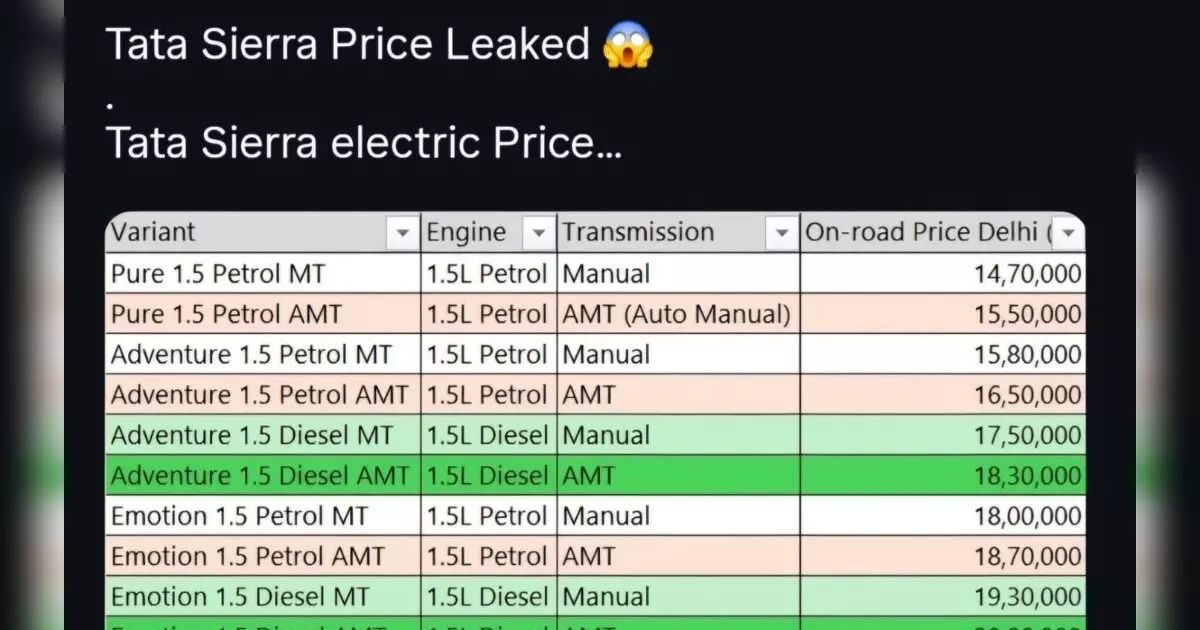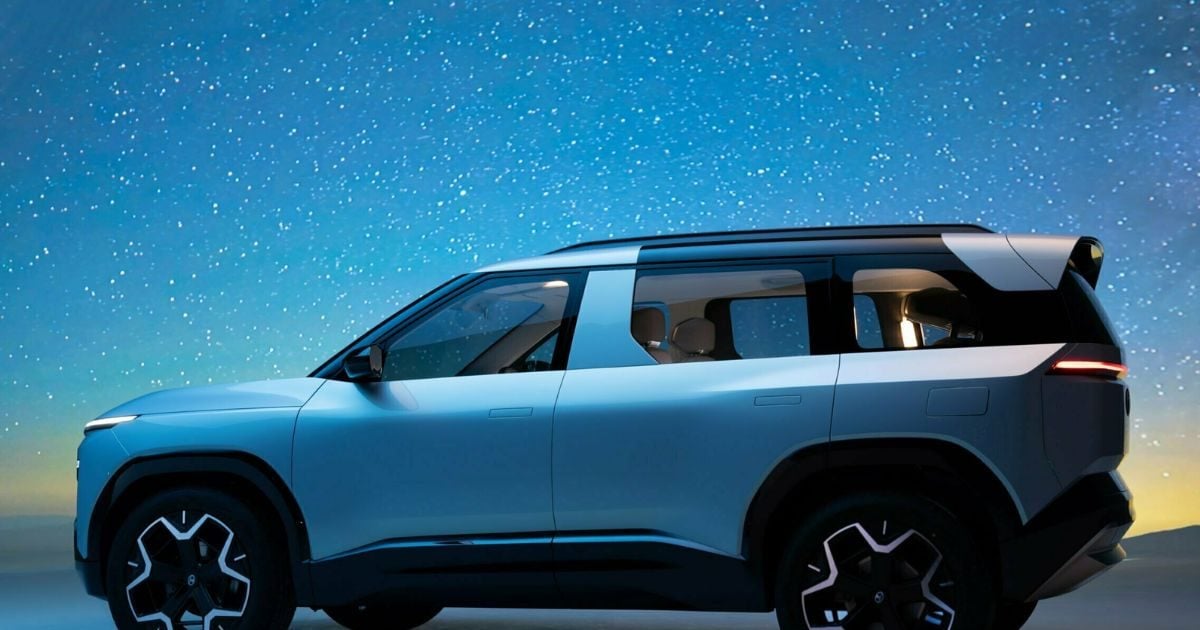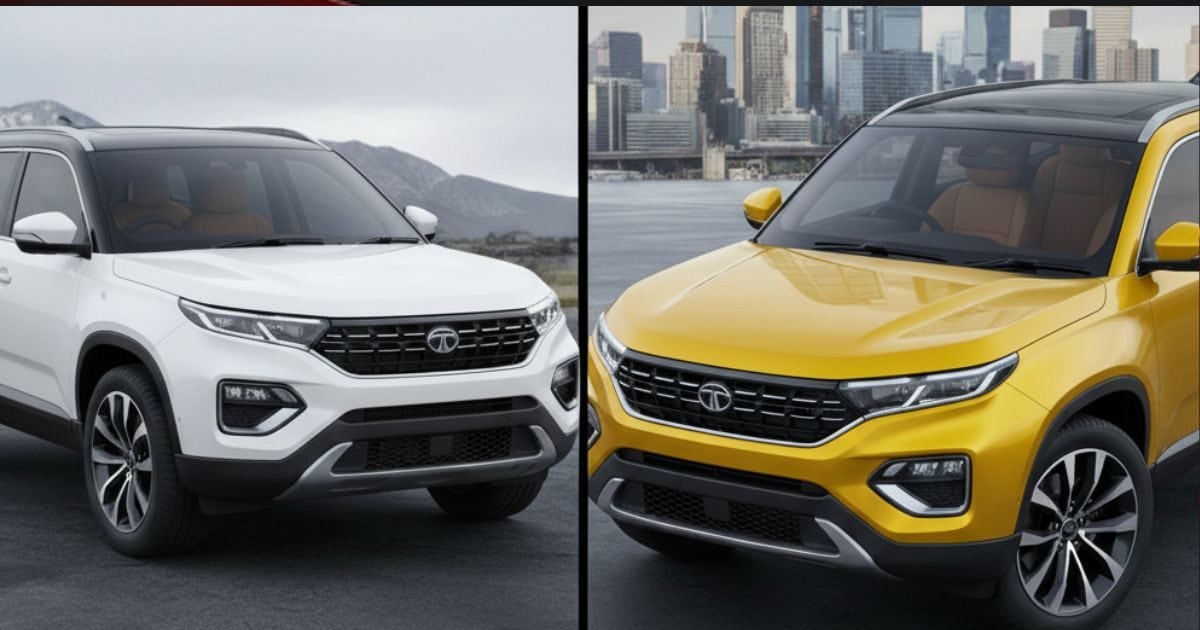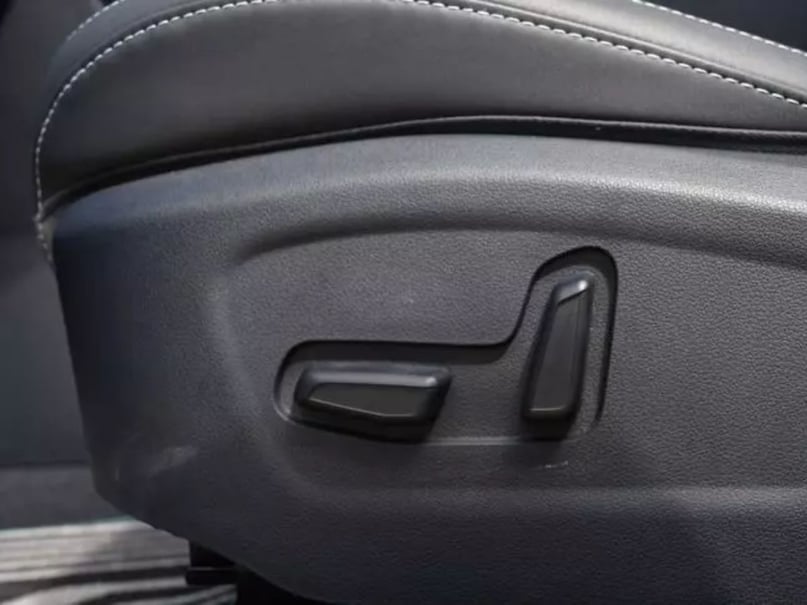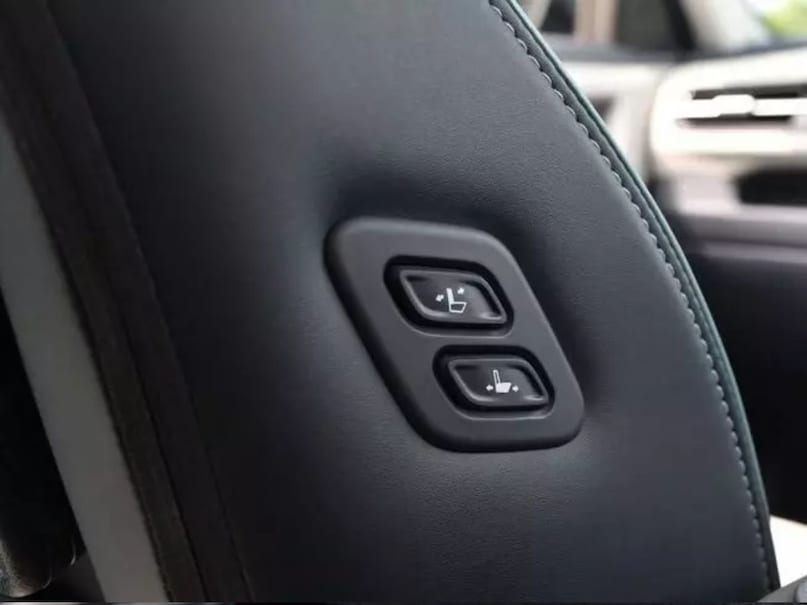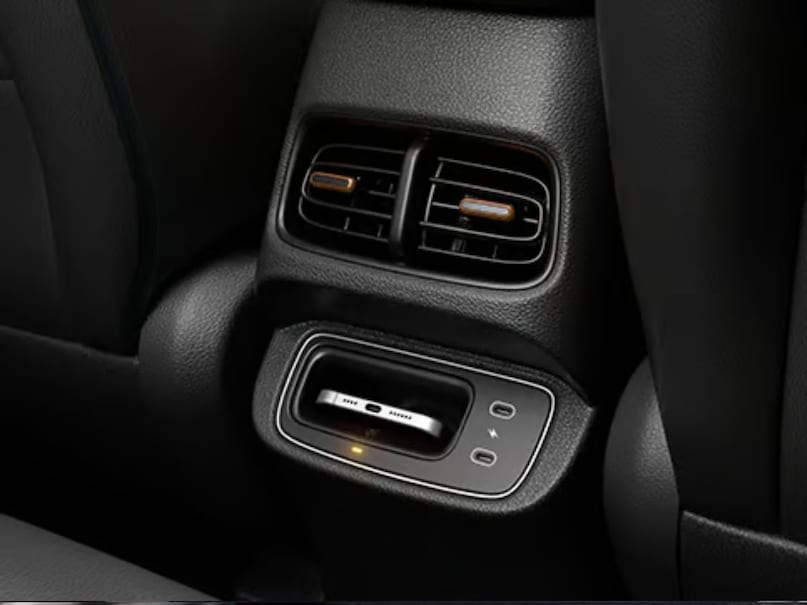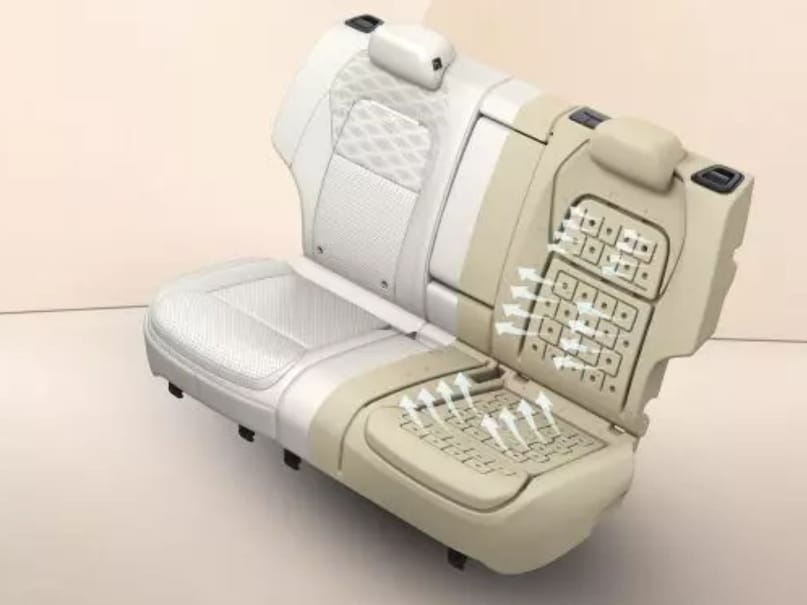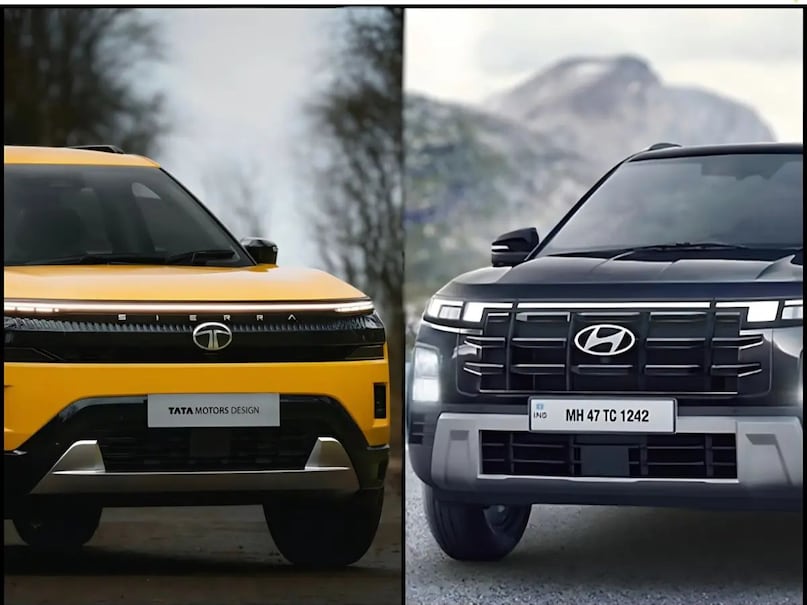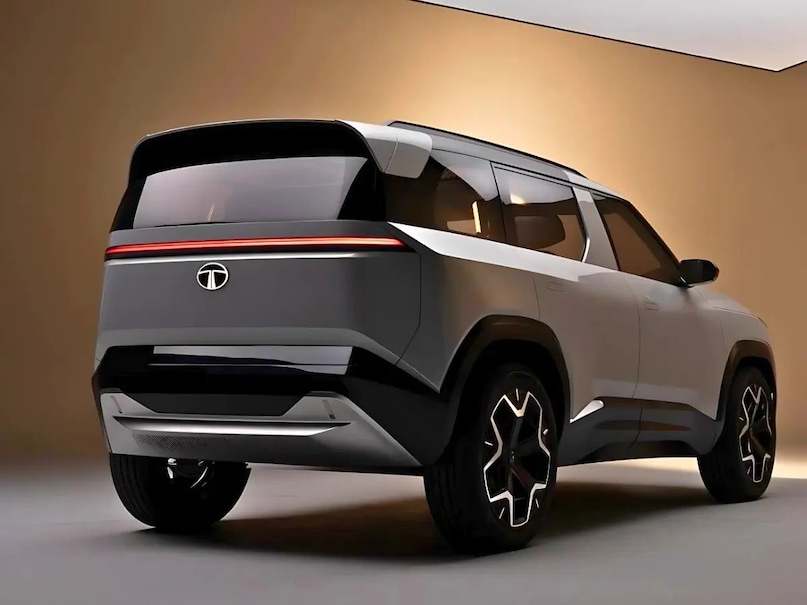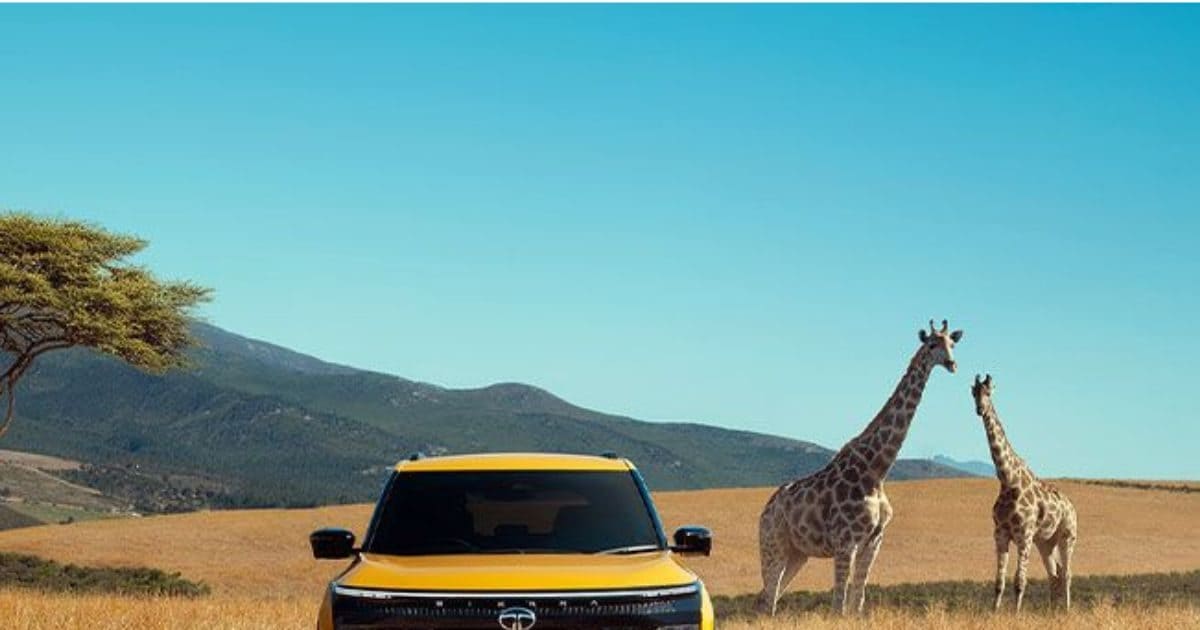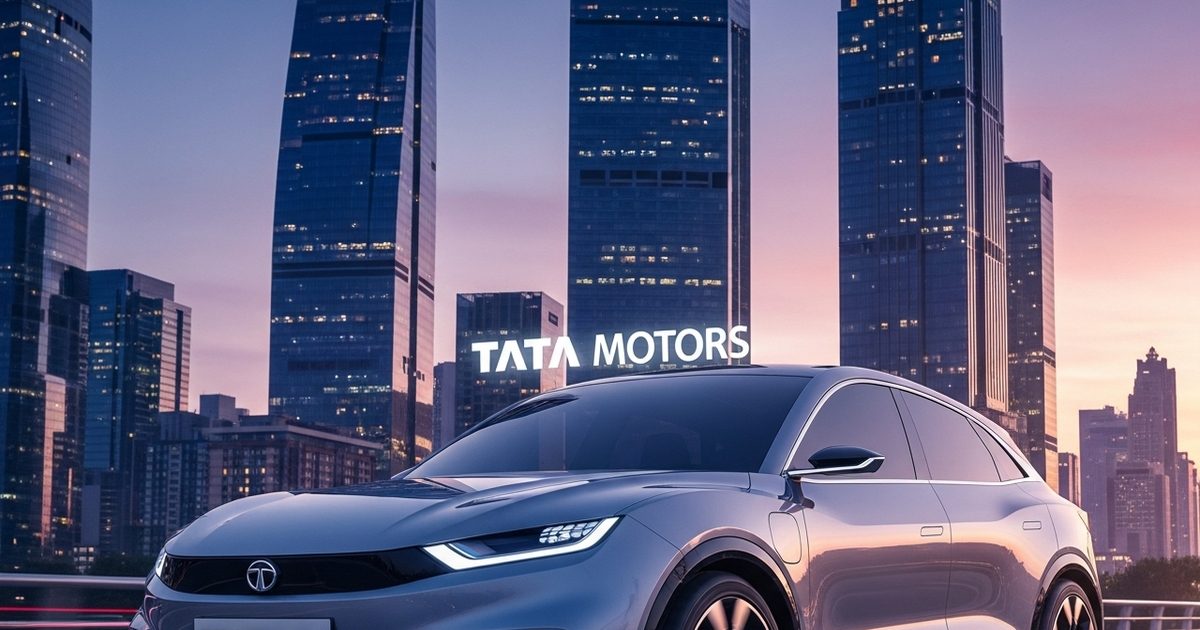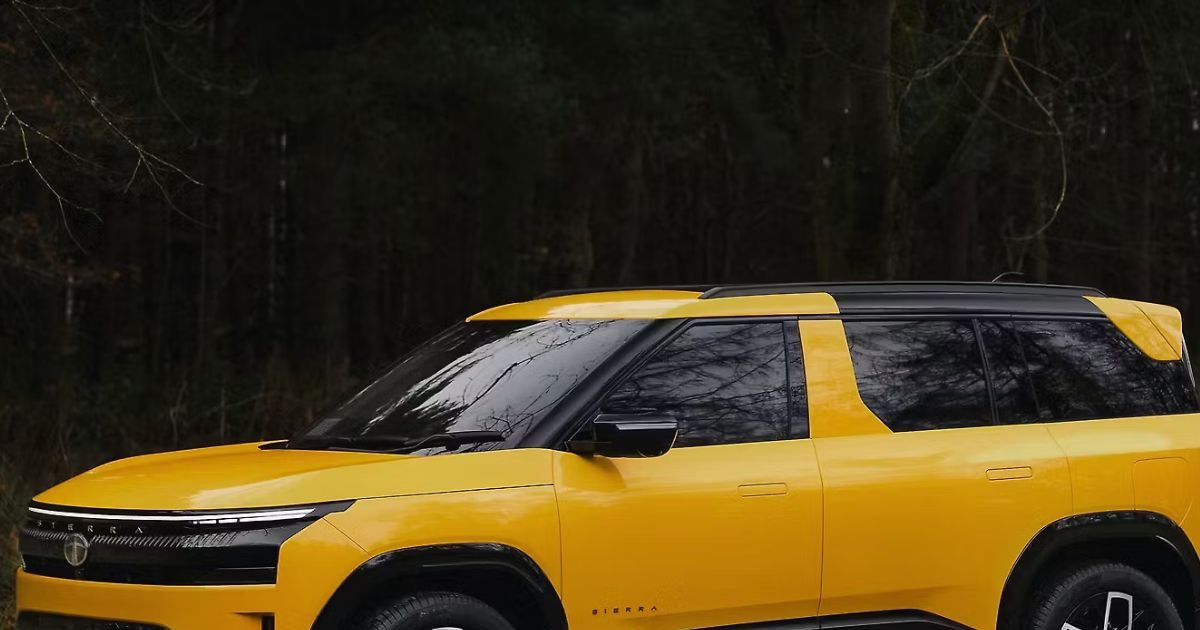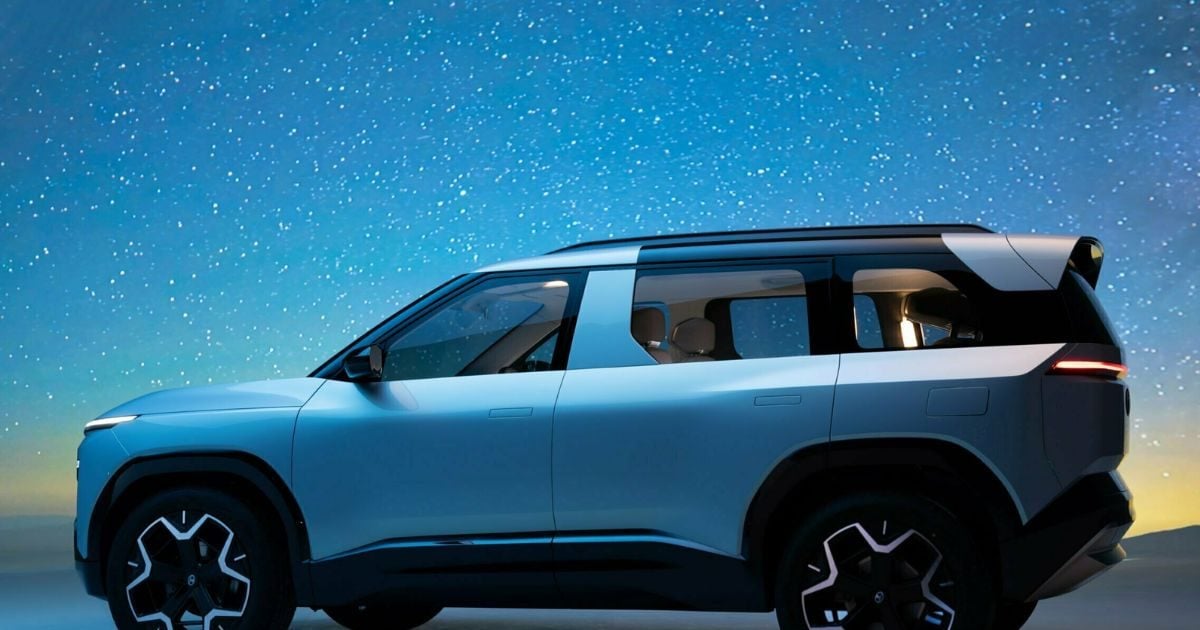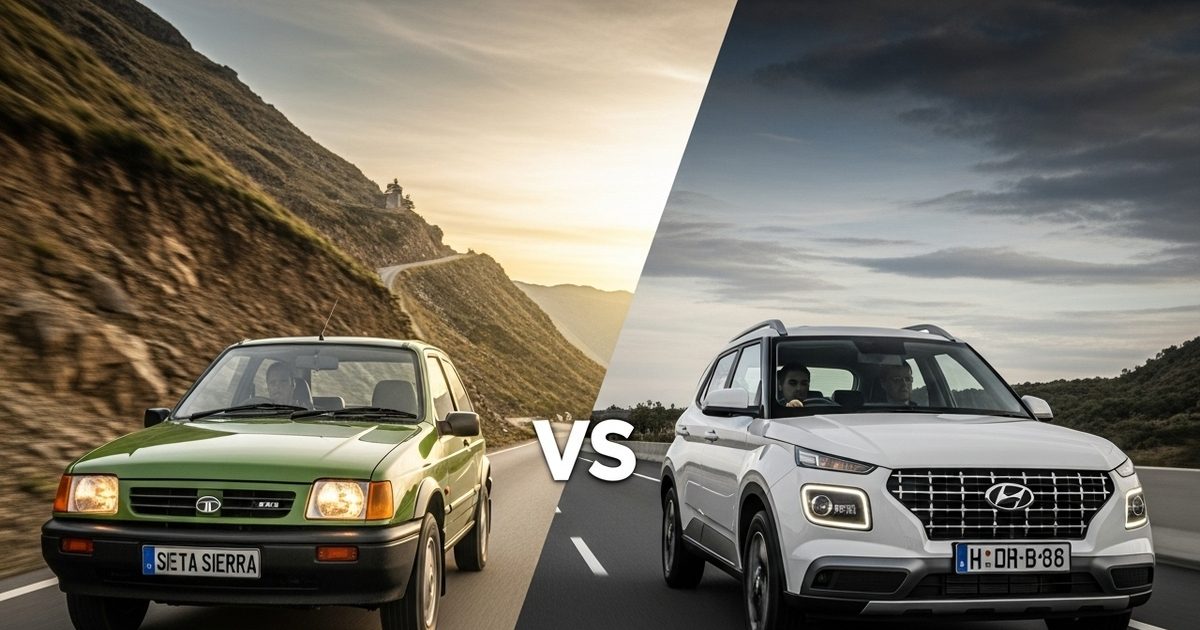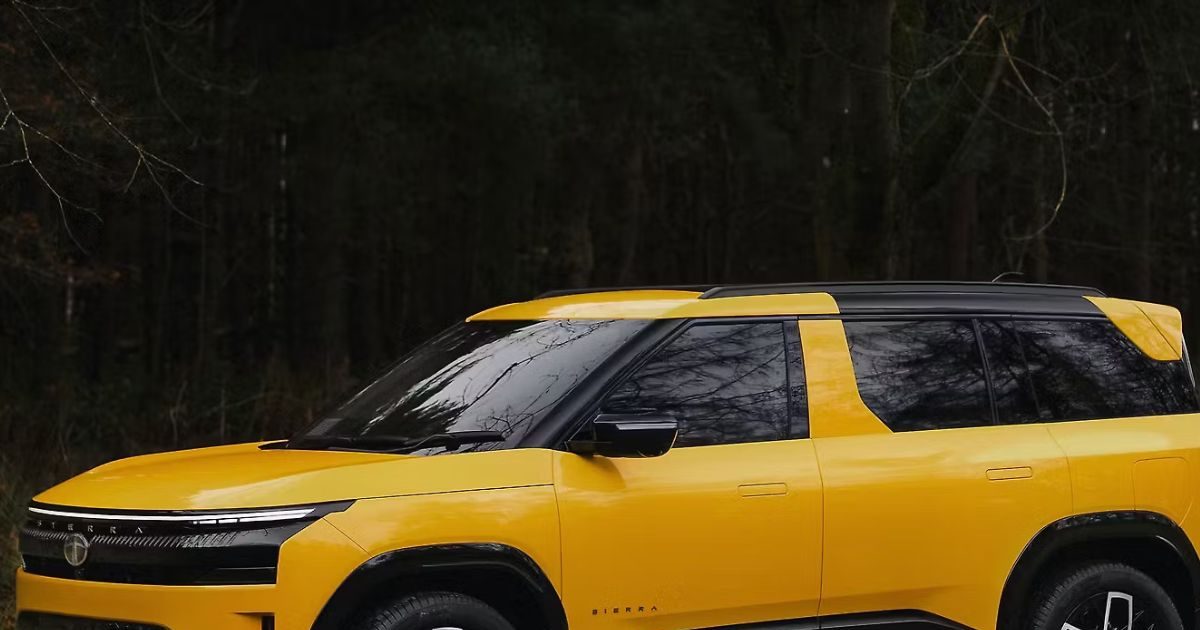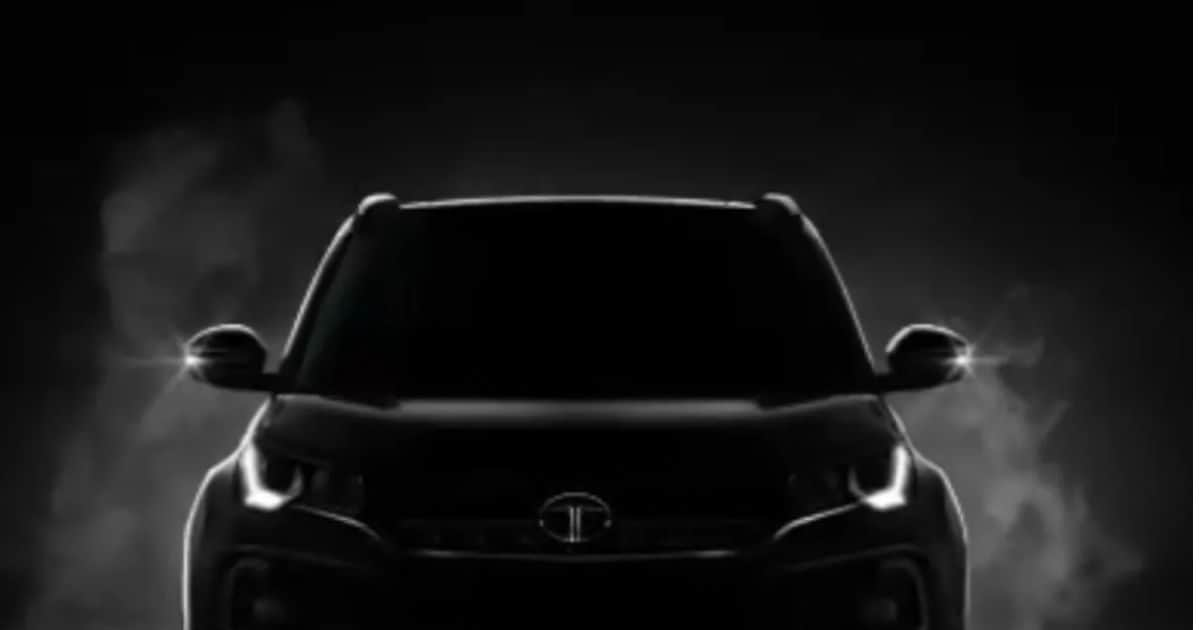New Delhi. Tata Motors Passenger Vehicles has gifted the first units of the new Tata Sierra SUV to the Indian women's cricket team. As per the earlier announcement, the company has gifted this SUV as a tribute to the team that wins the 2025 World Cup. This felicitation ceremony was held in Mumbai, where every team member was given a new Sierra. Through this initiative, Tata Motors celebrated the achievements of the players at the global level.
Price starts from Rs 11.49 lakh
While the Sierra SUV has been gifted to the Indian women's cricket team, general customers and enthusiasts can buy this model at a starting ex-showroom price of Rs 11.49 lakh.
strong features
If we talk about features, Tata Sierra comes with its signature boxy design, which is inspired by the old model but has been given modern styling. The SUV has an upright stance, with gloss-black detailing that connects the LED headlights and daytime running lights to the Tata logo and “Sierra” badges. Its bold front profile also includes a skid plate neatly fitted inside the bumper and dual fog lamps, giving the Sierra a perfect blend of classic and modern design.
luxurious interior
Talking about the interior, the cabin of Tata Sierra has been designed with premium and modern technology and comfort. There are three displays on the dashboard—one for the driver and two for infotainment—which makes content sharing easy. It has a four-spoke steering wheel taken from the Tata Curve, which has illuminated Tata logo and touch-sensitive controls. The interiors get a 12-speaker JBL audio system, the segment's first SonicShaft soundbar, dual-zone climate control, India's largest panoramic sunroof, wireless charging dock, rear sunshades and ventilated, powered front seats. Soft-touch materials and floating armrests add to the luxurious and modern look of the Sierra.
Multiple powertrain options
Tata Sierra will be offered in multiple powertrain options to suit different preferences. The petrol variant will get a new 1.5-litre, 4-cylinder direct-injection turbocharged engine, which generates 160 hp and 255 Nm torque, and is paired with a 6-speed automatic transmission (AISIN). A naturally aspirated variant is also available, which produces 106 hp and 145 Nm of torque, and runs on the Atkinson cycle for better efficiency. It can be bought with 6-speed manual or 7-speed dual-clutch automatic. The diesel variant will get Tata's well-known 1.5-litre engine, which produces 118 HP power, and will have the option of 6-speed manual (260 Nm) or 6-speed automatic (280 Nm) transmission.

